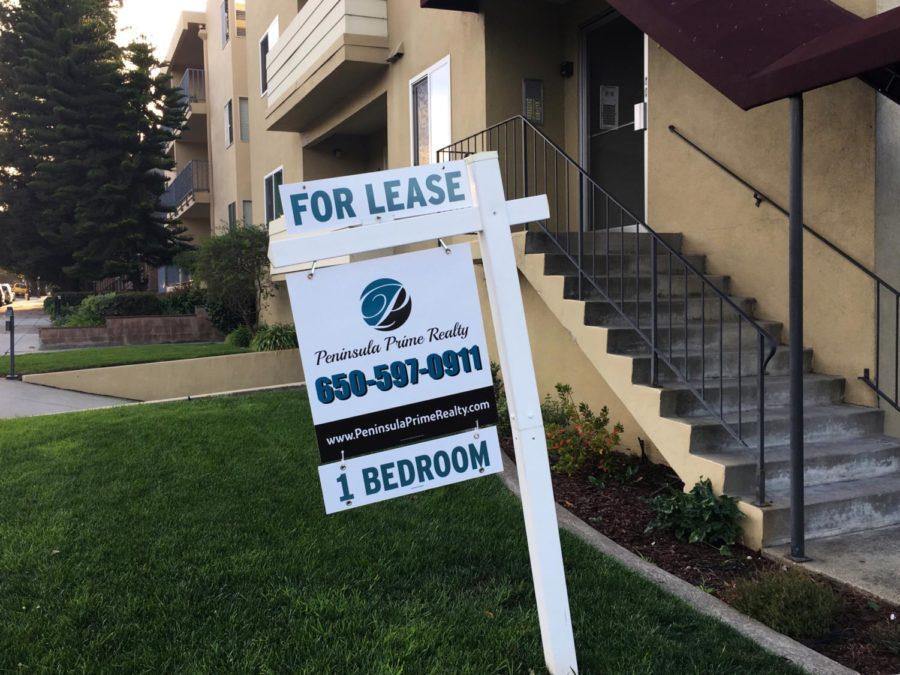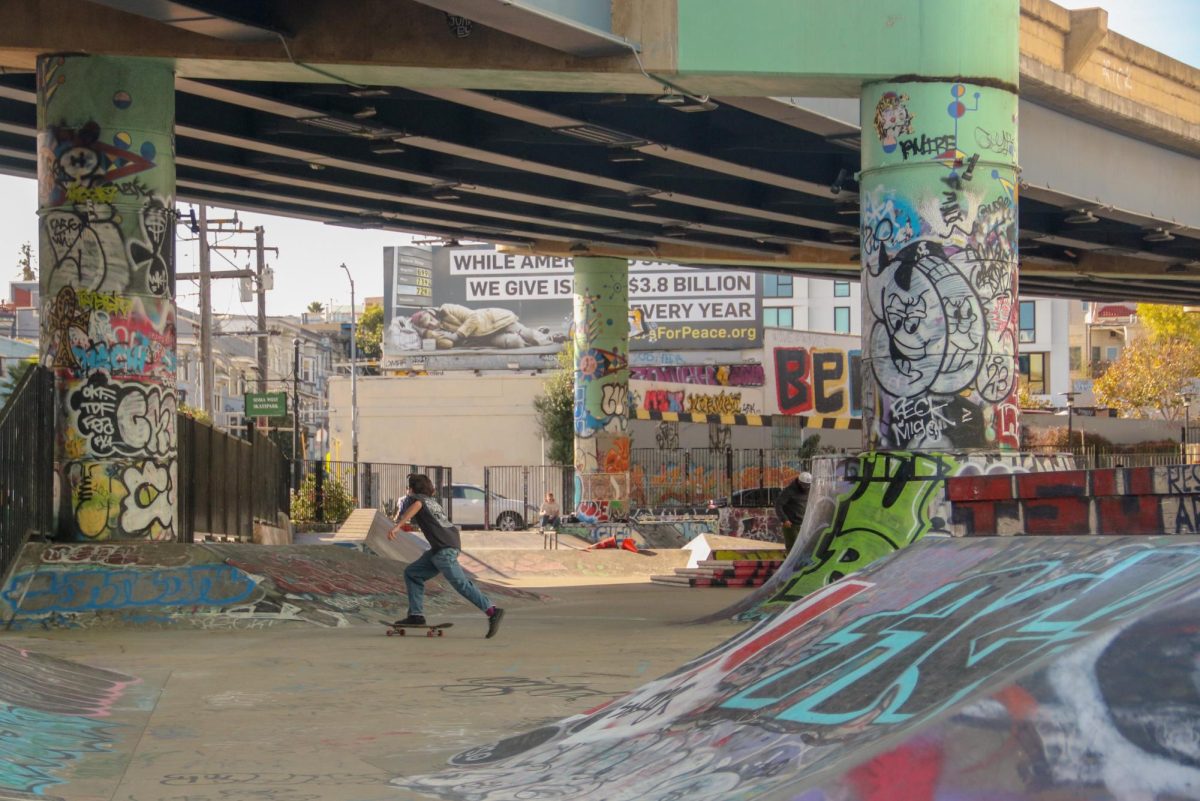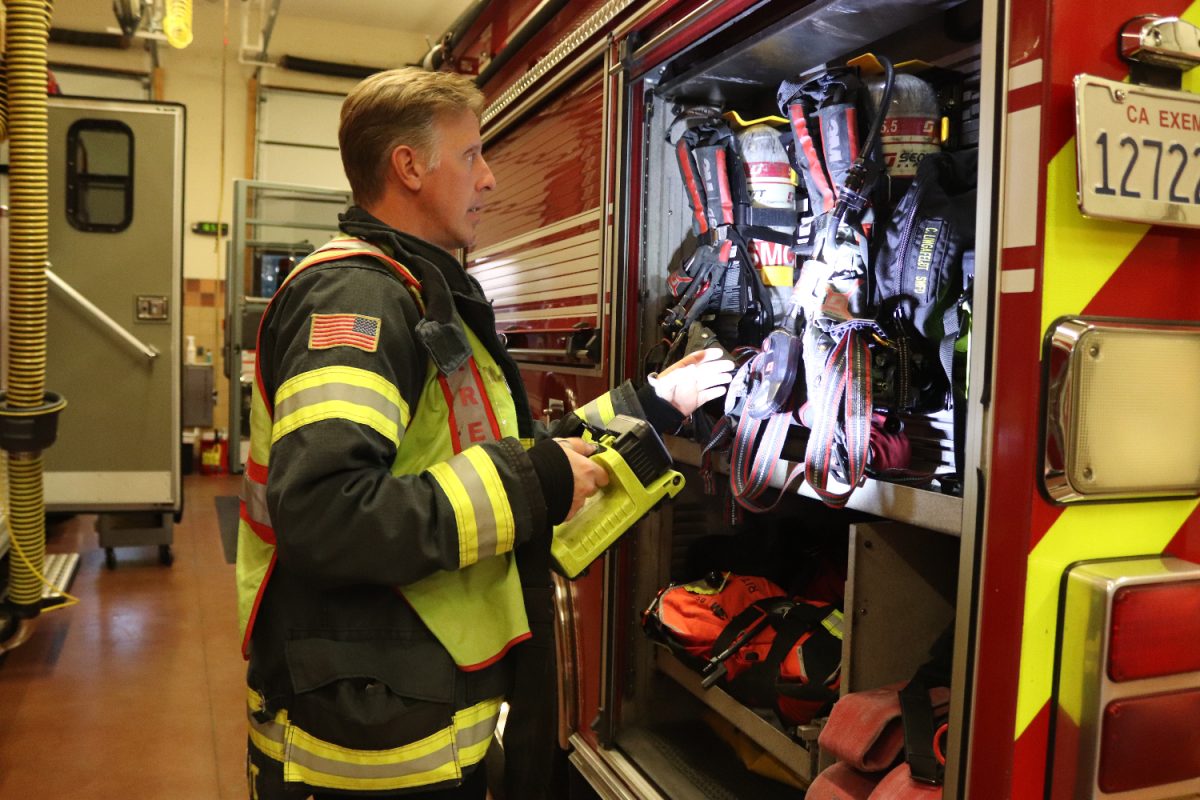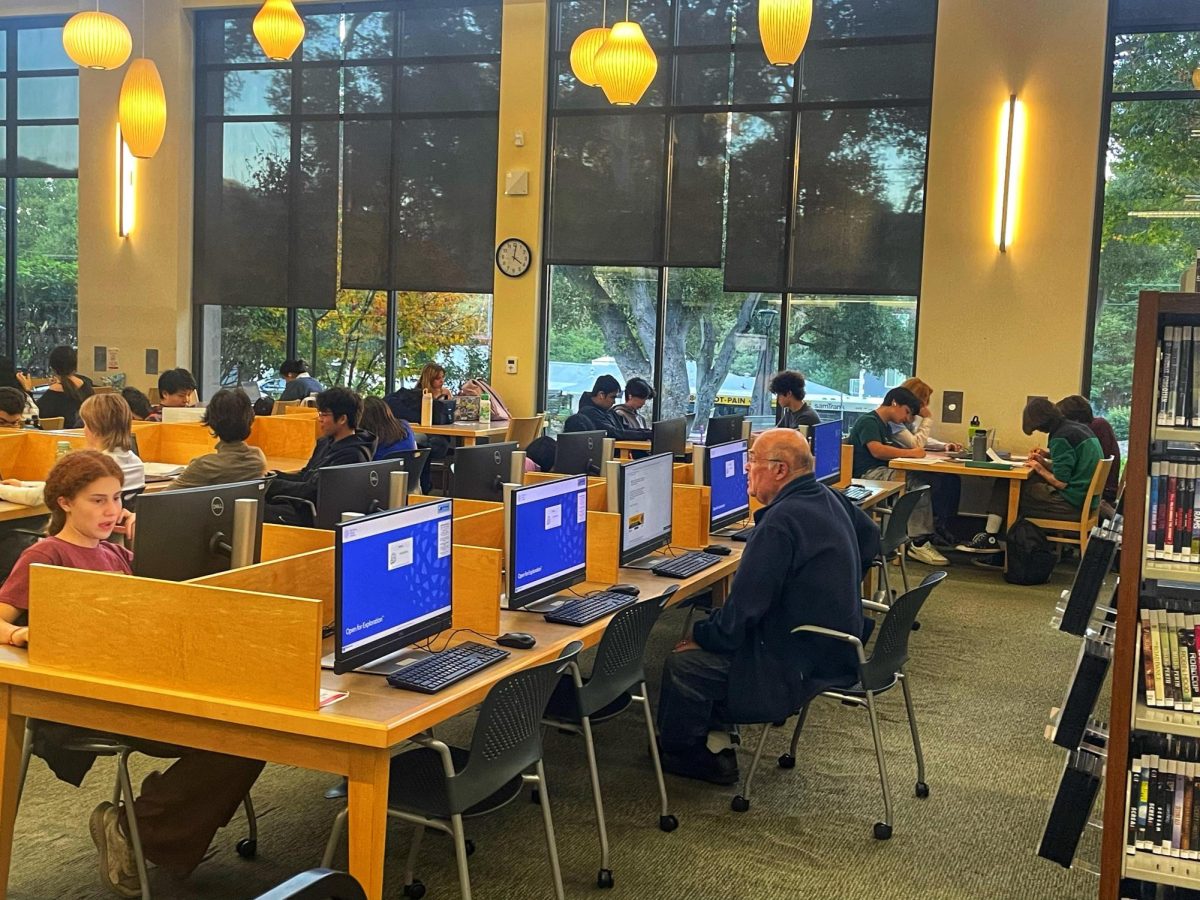The San Francisco Bay Area was born during the California Gold Rush when people from all over the world came to seek their fortunes.
Nowadays, many are drawn to the Bay Area in the hopes of striking it rich in Silicon Valley.
But prospecting seems comparatively easy in contrast to the challenge of finding a place to live.
Many of the people coming to the Bay Area today are recent college graduates seeking employment in the region’s famous technology industry.
“I moved because my husband got a job in San Francisco after college,” said Tomiko Fronk, a graduate from University of California, San Diego, and a teacher at Menlo-Atherton High School. “My husband works in technology, so this is kind of where we have to be.”
The thriving technology industry means that jobs are available from San Jose to San Francisco and everywhere in between. But all the people moving to fill those jobs also need a place to live.
The Bay Area real estate market is unable to keep up with this new demand for housing. With more and more people looking for a place to live, potential living options are becoming sparse.
Many graduates find themselves competing for what little housing the market has to offer.
“There are not many affordable apartments on the market,” said Samantha Steele, a San Francisco resident and New York University graduate. “Every open house is packed with people who already have applications, credit reports, and down payments ready and in hand, so you have to come prepared to sign on the spot.”
As the options for housing diminish, the prices of the available options increase. According to Trulia, San Francisco has the highest average rent in the country.
With New York City’s rental prices at a close second with $3,300 a month, San Francisco’s apartment rents top every other city in America with $3,500 a month. From studio apartment rates at $2,440 a month to three-bedroom rates at $4,100, San Francisco is the most expensive real estate market in the nation.
In addition, San Francisco’s rental laws make housing more expensive for newer residents.
“San Francisco has rent control, so people who have lived in the same place for a long time have much lower rent than people who are new to the city,” Steele said.
Rent control is a law that prevents rent from being raised by a certain amount per year. This means that long-time residents of San Francisco have relatively low rents, while the newer residents have high rents.
In order to find a sufficient living space in San Francisco, renters often compromise on price for other conveniences. Features such as location or neighbors can affect the rental rates.
“My space in San Francisco is small, but I pay a lot so that I can live alone and in a good neighborhood with decent transportation options,” Steele said.
Factors other than location can also influence the rent, such as space and amenities.
“We looked for things like a washer and a dryer. Some people don’t care about that, but that changes the rent,” Fronk said.
While appealing, the aspect of living on their own in the Bay Area is often unreachable to recent graduates. Many graduates who are from the Bay Area do not have the financial ability to rent their own place and choose to live with their parents.
“It is so expensive even to rent an apartment, and I don’t have that kind of money right now,” said Samantha Leeper, a recent graduate of Colorado State University. “I could see myself maybe trying to live here down the line, but I can’t think of spending so much money on rent.”
Even those with a stable job and income sometimes cannot manage to live on their own.
“I live at my parents’ house right now,” said Leslie Burndon, a Carlmont teacher.
Graduates who are not in the technology industry find it difficult to compete for housing with their higher-paid peers and are being pushed out of the rental market.
“I have a couple of single, teacher friends, and they are living with their parents. I don’t know a single teacher living on their own — that’s not possible,” Fronk said.
In order to maintain their Bay Area jobs, graduates are finding other housing solutions.
“I have friends that live in the East Bay and are commuting. I also have friends that live with a bunch of roommates,” Fronk said.
The housing costs impact students even before they graduate. Rising rental rates cause problems for high school and college students.
Atticus Petersen, a former San Carlos resident with a family of six, had planned to go to Carlmont High School until his family was forced to move due to an increase in their rent. The Petersens relocated to Fremont in order to stay near the Bay Area and maintain their previous connections.
“When I got kicked out from my old house, we wanted to find a new house nearby. We realized very quickly that it wasn’t going to happen with our large family,” said Petersen. “We couldn’t afford a San Carlos house’s rent. So now we’re in Fremont with a nicer house, but it’s much cheaper.”
Ultimately, some graduates have accepted that they might not be able to live in the Bay Area after college, even those who grew up there. The current and future graduates are looking to find their own gold in places beyond the Bay Area.
“Following graduation, I may stay in Davis,” said Sofia Caryotakis, a senior from the University of California, Davis, and a Bay Area Native. “At this point, the more options, the better.”














Kevin Burke • Feb 27, 2018 at 9:51 am
Great story, Molly! One reason the Bay Area is unable to keep up with demand for housing is that adult residents make it difficult to build new housing here. Some examples of things that make it hard to build here:
– A lot of land in San Mateo/Belmont/San Carlos/Redwood City, even close to the train stations, is zoned for a maximum of one home per lot. You can’t build duplexes or triplexes even if you want to and there are people who would want to live in them.
– Every new application to build more densely is subject to design review, environmental review, and can potentially be appealed to the City Council. These processes are long, filled with neighbors who are upset about new development, and delays drive up the cost of new housing. San Mateo just denied a 10-unit project after two years in the application process, after about 30 neighbors showed up to complain about parking, height, and more. https://www.smdailyjournal.com/news/local/planners-move-to-deny-condo-project/article_de9ce7d8-a4cc-11e7-85fd-cbf2539b4ac6.html
– Prop 13 means many homeowners are paying very low property taxes. This is good and bad. It discourages people from moving (they would have to pay more if they moved) and encourages keeping lots empty or under-used. If property taxes were higher, there would be more money for affordable housing, people would sell single family homes and we could build more densely on the lots. http://lao.ca.gov/Publications/Report/3497
– A 55 foot height limit in San Mateo. The more units in a building, the easier it is to build & offer the units for affordable rent, but a height limit makes this difficult. San Mateo has the 8th highest median rent in the country: https://www.bloomberg.com/view/articles/2018-02-26/rent-in-california-is-even-higher-than-you-thought
– Mandatory parking minimums for new construction. Parking (especially underground parking) is really expensive to build. https://www.nickmagrino.com/blog/2018/1/30/when-you-dont-have-to-build-so-much-parking
Happy to chat more about this! (I want rents to be cheaper too.)